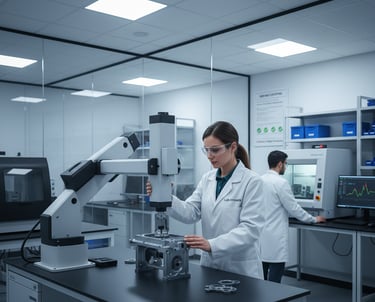Design & Assembly
Our Mission:
From Concept to Creation
Predict the future by creating it
A concise statement defining the team's core function: translating innovative ideas into tangible, robust products through expert design, engineering, and efficient assembly. Emphasizes the team's role as the crucial link between R&D and production.


The Design Pipeline: Structured Innovation
Phase I: Conceptualization & Ideation
Details the initial stages: user-needs analysis, brainstorming, feasibility studies, and the creation of initial sketches or digital models. The focus here is on creative problem-solving and defining project scope.


Phase II: Detailed Engineering & Simulation
Focuses on the core engineering work: CAD modeling, material selection, stress analysis (FEA), and system-level architecture (e.g., electrical schematics). Highlights the use of advanced tools to validate designs before physical assembly.

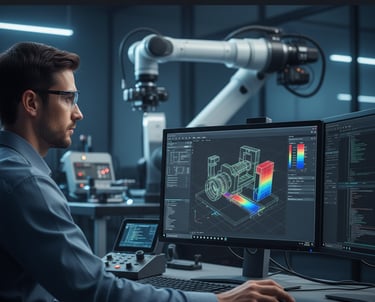
Design Standards & Best Practices
A reference area for the team's commitment to design for manufacturing (DFM), design for assembly (DFA), and adherence to relevant industry compliance standards (e.g., safety, environmental).
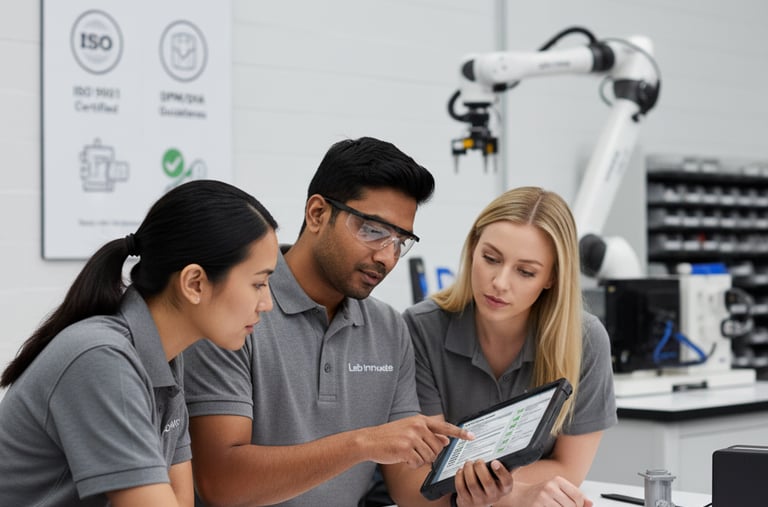

Assembly & Prototyping: Precision Execution
Rapid Prototyping & Fabrication
Details the tools and techniques used for quickly creating physical models: 3D printing capabilities, CNC machining access, and fast-turnaround component sourcing. Emphasizes the ability to iterate quickly.
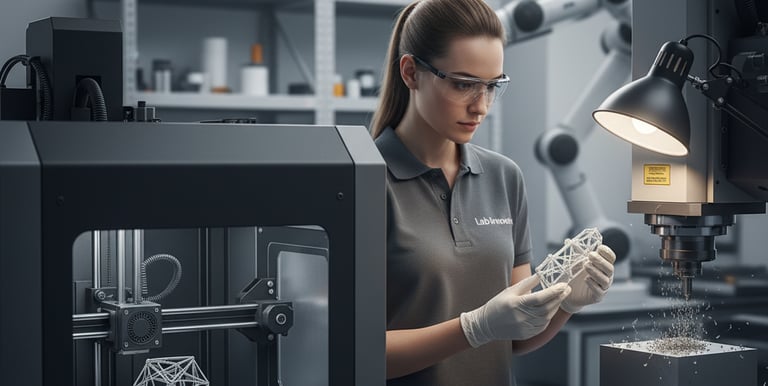

Optimized Assembly Workflows
The methodology for efficient and high-quality assembly: lean manufacturing principles, standardized operating procedures (SOPs), and tooling/jig development. This section showcases efficiency and repeatability.
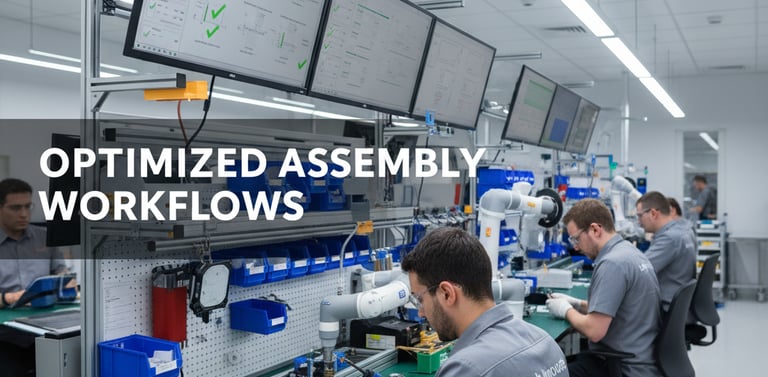

Quality Assurance & Testing
Focuses on the commitment to reliability: In-process inspection checkpoints, functional testing protocols, and final QA documentation. Assures stakeholders that the final product meets all performance metrics.

